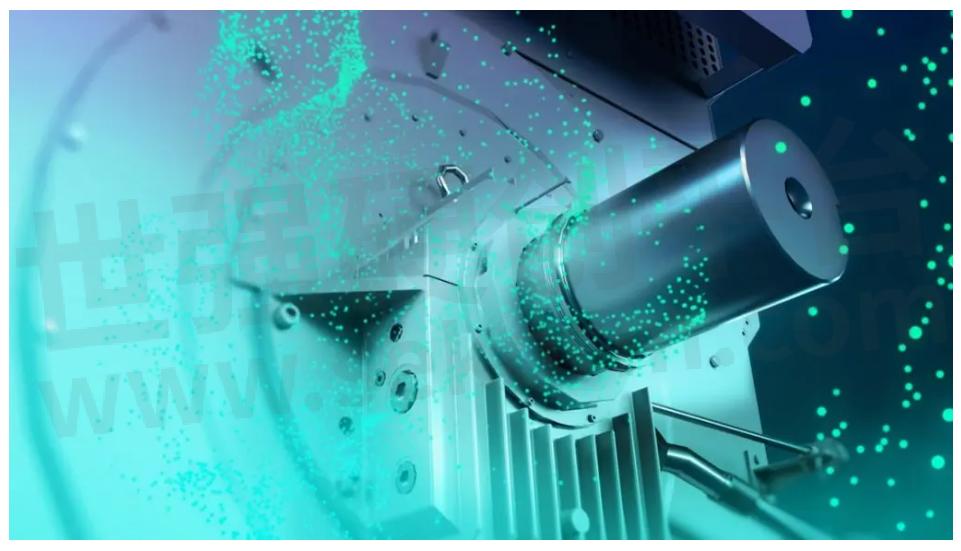Bidirectional DC-DC Converter: A Guide for Power Conversion in Both Directions

The Bidirectional DC-DC Converter is a power electronic device used to convert DC power from one voltage level to another in both directions. These converters are used in various applications, such as battery energy storage systems, electric vehicles, renewable energy systems, and many more. This article will discuss the working principle, types, and applications of the bidirectional DC-DC converter.
Working Principle
The bidirectional DC-DC converter is based on the principles of pulse-width modulation (PWM) and power electronics. It consists of two power switches, a control circuit, and an isolation transformer. The control circuit generates the pulse signals and controls the switching of the power switches, which in turn controls the output voltage.
When power is flowing from the input to the output, the first power switch is turned on, and the second power switch is turned off. The energy from the input source is transferred to the output through the transformer. The control circuit generates the pulse signals with a specific duty cycle to control the output voltage.
When power is flowing from the output to the input, the first power switch is turned off, and the second power switch is turned on. Again, the energy is transferred through the transformer, and the control circuit controls the output voltage.
Types of Bidirectional DC-DC Converters
There are various types of bidirectional DC-DC converters, but the most common types are:
1. Buck-Boost Bidirectional DC-DC Converter: This converter is used to step up or step down the voltage level of the input to the output. It is commonly used in battery energy storage systems and electric vehicles.
2. Flyback Bidirectional DC-DC Converter: This converter is used in applications where isolation between input and output is required. It is commonly used in renewable energy systems and UPS systems.
3. Full-Bridge Bidirectional DC-DC Converter: This converter is used in high power applications, such as electric vehicle charging stations and grid-tied inverters.

Fig.1
Applications
The bidirectional DC-DC converter is used in various applications, such as:
1. Battery Energy Storage Systems: These converters are used to charge and discharge the batteries in energy storage systems.
2. Electric Vehicles: These converters are used to convert the voltage level of the battery to the voltage level of the motor.
3. Renewable Energy Systems: These converters are used in solar and wind energy systems to convert the DC voltage of the solar panels or wind turbines to AC voltage.
4. UPS Systems: These converters are used to provide backup power to critical loads in case of a power outage.
Conclusion
The bidirectional DC-DC converter is an essential power electronic device used in various applications. It provides efficient power conversion in both directions, and the different types of converters offer flexibility in design. The advancements in technology have made these converters more efficient, reliable, and cost-effective, and they will continue to play a vital role in the future of power electronics.
- +1 Like
- Add to Favorites
Recommend
- Bidirectional DC-DC Converter: A Two-Way Power Conversion Solution
- Bidirectional DC-DC Converter: A Comprehensive Guide
- Bidirectional DC-DC Converter: A Versatile Power Conversion Solution
- Design and Analysis of a Bidirectional DC-DC Converter for Energy Storage Systems
- Design and Analysis of a Bidirectional DC-DC Converter for Power Electronics Applications
- Bidirectional DC-DC Converter: An Efficient Solution for Power Conversion
- Bidirectional DC-DC Converter: Efficient Power Conversion in Both Directions
- Design and Analysis of Bidirectional DC-DC Converter for Efficient Power Conversion
This document is provided by Sekorm Platform for VIP exclusive service. The copyright is owned by Sekorm. Without authorization, any medias, websites or individual are not allowed to reprint. When authorizing the reprint, the link of www.sekorm.com must be indicated.






























































































































































































































































































































































































































































































































































































































































































































































































































































































